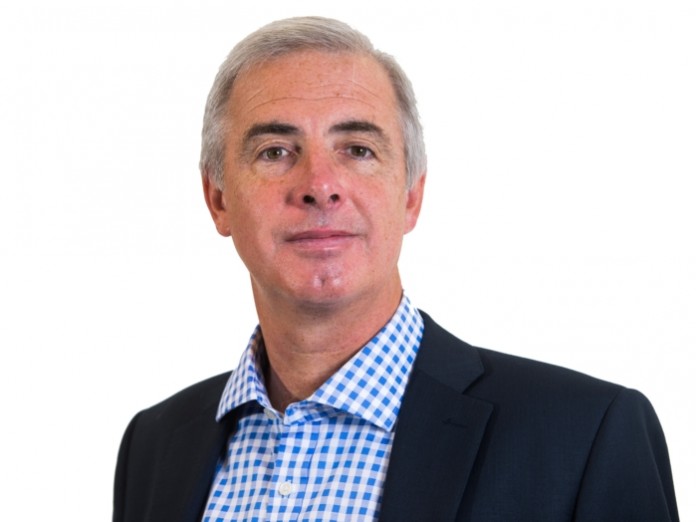Investment in commercial property across the South West totalled £1.57 billion during 2015 – rising 6% above the 2014 total, according to new research published by national commercial property consultancy Lambert Smith Hampton (LSH).
The buoyant regional figures are revealed in the latest edition of LSH’s UK Investment Transactions report (UKIT), which also shows record figures for the UK market as a whole, with commercial property totalling £64.3bn during 2015, 4% above 2014’s total, a new annual record.
Across the South West, the office sector accounted for 35% of the total volume invested at £550.2 million, while retail accounted for almost 29% of transactions with £447.9 million of acquisitions.
Industrial transactions stood at £139.9 million (9%), while £430.5 million worth of transactions were recorded in other sectors.
Key deals in the region include the sale of St Catherine’s Place, in Bedminster, for £30 million; Arlington House in Bath for £26 million; Gallagher Retail Park, in Weston-Super-Mare, and Sawclose in Bath, each of which was sold for £20 million.
David Ferris, director of capital markets at LSH in Bristol, said the report shows that there is no sign of demand dwindling in Bristol.
“Over the past two years, demand from investors has generally been strong in Bristol as the continued compression of yields in London has driven those looking for a better return towards the regions,” he said.
“A shortage of Grade A space in the city, combined with steady demand, means we have seen strong rental growth and the city remains popular with funds and property companies.”
He said that in 2016 and beyond, investors are likely to be more cautious in their strategies but the strength of the occupier market in the South West, combined with the absence of any new schemes starting and major infrastructure upgrades such as the electrification of the Great Western Bristol to London rail link, which should be completed next year, should help Bristol to remain as a highly attractive prospect to the investment market.
The strong South West investment figures contributed to a record-breaking UK performance, bolstered by a strong end to the year, with investment between October and December reaching £15.7bn, 23% higher than in the previous quarter.
Buoyant demand for alternative assets – such as hotels, student accommodation and healthcare – was a key driver of activity during 2015, with investment increasing to £14.8bn over the year, 53% above 2014’s total.
Overseas investors were instrumental to the record year. Inflows from foreign buyers rose by 9% year-on-year and accounted for a record 50% share of total UK volume. North America was the dominant buyer, making up 46% of overseas investment.
In addition, UKIT report reveals record investment into portfolios of £17.8bn over the course of the year. This was double the ten-year average and almost 25% greater than 2014.
Investment in London reached £26.9bn, 4% higher than in the previous year. Although volumes for individual assets located outside of the capital were lower than in 2014, healthy appetite for portfolios confirms that investor interest in regionally located stock remains very strong.
Ezra Nahome, CEO of Lambert Smith Hampton, said: “The commercial property investment market enjoyed a stellar 2015 and the outlook for the year ahead remains positive.
“Following a two year run, yield compression is easing and the prospects for further downward yield movement, particularly at the prime end of the market, are looking more limited now. We expect returns to reach 9% in 2016, down from 13% in 2015 (as we correctly predicted at the start of last year) but still well above the historic average.
“With rental income returning as the main driver of performance, pro-active asset management initiatives, such as investment of capex into office refurbishments in areas with few vacancies, are likely to offer the best prospects for investors. This means that knowing your market, almost at a building-by-building level, and understanding the dynamics of each locality, will be more important than ever.
“If anything, political developments arguably pose the greatest risks to the market. A period of uncertainty in the run-up to the UK’s referendum on the EU, coupled with a sense that some of the value has gone from the market, may weigh down investment activity. However, while 2015’s record annual volume is unlikely to be repeated this year, we should see activity to remain well above the recent average.”





















